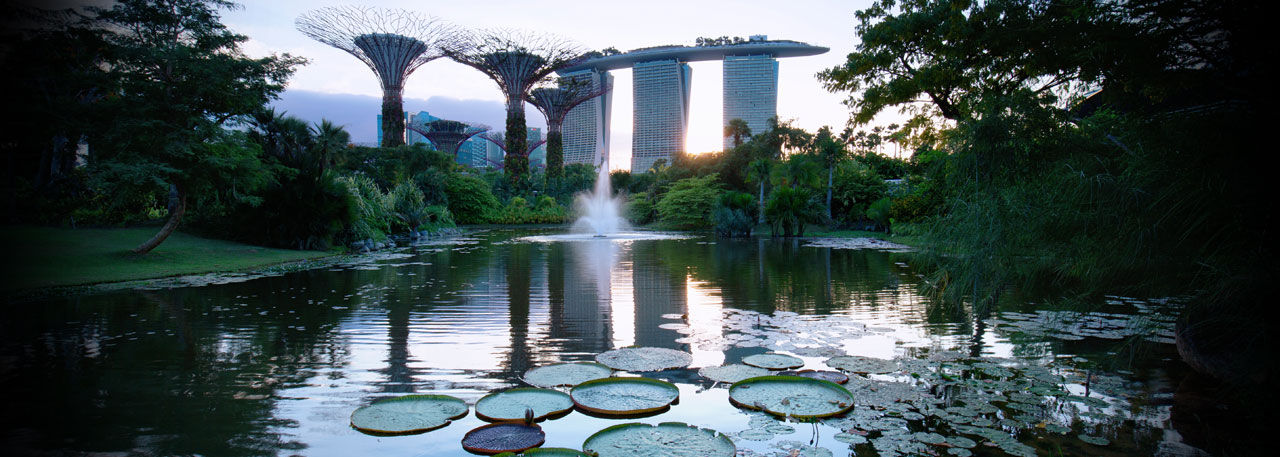True to its location in Southeast Asia, Singapore generally remains hot and humid all year round.
July-September:While tourists visit throughout the year, the festive season is a great time to explore the many facets of Singapore, especially around July when the Great Singapore Sale and the Singapore Food Festival take place.
Feb-April: The months between the summers and winters are quite pleasant. Plenty of outdoor activities become available then.
November-January: The wettest months are between November and January, when showers can last for long periods of time, while the hottest months are May and June.
True to its Southeast Asian location, Singapore is characterised by a hot and humid climate. The weather is warm and humid all year round. Rainfall is almost an everyday phenomenon, even during the non-monsoon period. These brief showers are usually quite refreshing, as they provide respite from the sun.
Relative humidity is in the range of 70% – 80%. April is the warmest month, January is the coolest month and November is the wettest month.
There are two main monsoon seasons in Singapore: Northeast Monsoon Season (December-March) and the Southwest Monsoon Season (June-
September). The Northeast Monsoon has a “wet phase” (December and January) and a “dry phase” (February and March). The wet phase witnesses continuous moderate to heavy rainfall in the afternoons and early evenings.The dry phase is cool and pleasant with comparatively little or no rain.
The Southwest Monsoon Season experiences showers and thunderstorm activity between predawn to midday. However, thunderstorms usually last for less than 30 minutes. ‘Sumatra squalls’ are common during this period. These are a line of thunderstorms that develop at night over Sumatra, move to the west coast of Peninsula of Malaysia and hit Singapore during the early morning hours. Heavy rain persists for 1-2 hours, followed by cloudy conditions and light rain until afternoon. This season also experiences spells of dry weather. Sometimes Singapore is engulfed in a smoke haze – the haze is caused by
smoke from forest fires in Indonesia that is carried to Singapore by the southeasterly or southwesterly winds.
Separating these two seasons is the inter-monsoon period (April-May and October-November), which experiences showers in the afternoons and early evenings. It is usually hot and dry in the months of May-July and more frequent rain spells occur during November-January.
So, when is the best time to visit Singapore?
Anytime, IMO. Generally rain are of short duration and from experience not widespread over the whole island, well unless we are having the Sumatran Squall. Always have a light foldable umbrella with you so that you will have protection from both rain and sun. As for the haze, we are hopeful that inter-governmental cooperation within ASEAN would help to ease that problem.
[vfb id=10]



